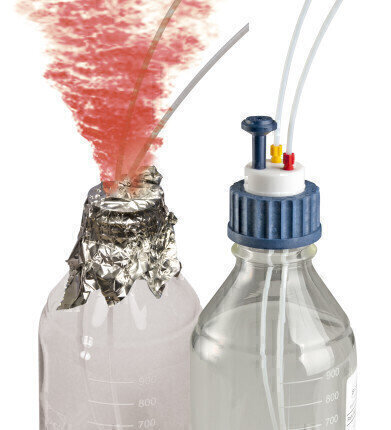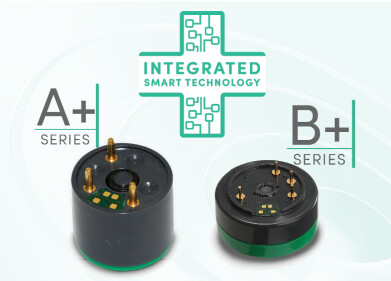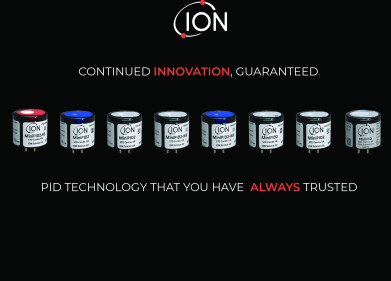Environmental Laboratory
New SafetyCap Improves Accuracy, Safety and Environmental Contamination Levels for HPLC Users
May 03 2012
Whilst operating a HPLC, there are numerous possible errors that can have an impact on analysis results as well as creating risks to health and environmental hazards. Insufficiently sealed containers for solvents and waste fluids have been identified as the main reason for solvent evaporation and contamination of HPLC systems, creating dangers to both health and environment.
Current safety regulations, in European laboratories, specify the maximum workspace concentration of harmful substances in the ambient air. European laboratory operators are annually spending 5.3 billion euros (5,317,578,000) on energy costs, mainly for room ventilation and fume cupboards (according to a 2011 research of the European Association of Sustainable Laboratories).
A further adverse effect of evaporating solvents to the accuracy and reliability of HPLC can be observed in many cases: when using organic solvent mixtures in the mobile phase, some components are evaporating quicker than others. This leads to an unavoidable change of the mixing ratio, causing noticeable falsification of the analysis results. Contaminants and pollution from the ambient air can also get into the system, thus creating inaccuracies for the chromatogram.
Seeking a more cost-efficient and flexible solution, without the need to spend a fortune on expensive installations, many leading European laboratories have entrusted S.C.A.T. Europe (Germany) with developing a safety system for solvent containment. The SafetyCap system keeps the solvent line safely locked, from the containment unit over the HPLC system to the disposal container, thus collecting and blocking hazardous solvent vapours. At the same time, the mobile phase remains clean and free of contamination.
This way, solvent loss and mixture changes caused by evaporation can be successfully avoided. Constant retention times in the chromatogram lead to accurate and error-free identification of the analysed substances. The filter and valve system allows air interchange while preventing vapours and toxic substances from evaporation into the ambient air.
According to a current research of the Fresenius Institute, hazardous emissions and solvent loss can be significantly reduced by installing S.C.A.T. safety closures in HPLC laboratories. In addition to more safety for laboratory personnel and environment, this cost-efficient investment is also being judged as a measure of sustainable quality assurance.
Digital Edition
IET 34.2 March 2024
April 2024
Gas Detection - Biogas batch fermentation system for laboratory use with automatic gas analysis in real time Water/Wastewater - Upcycling sensors for sustainable nature management - Prist...
View all digital editions
Events
May 15 2024 Lund, Sweden
May 15 2024 Frankurt-am-Main, Germany
May 20 2024 Columbus, OH, USA
May 21 2024 Lagos, Nigeria
May 23 2024 Beijing, China


















